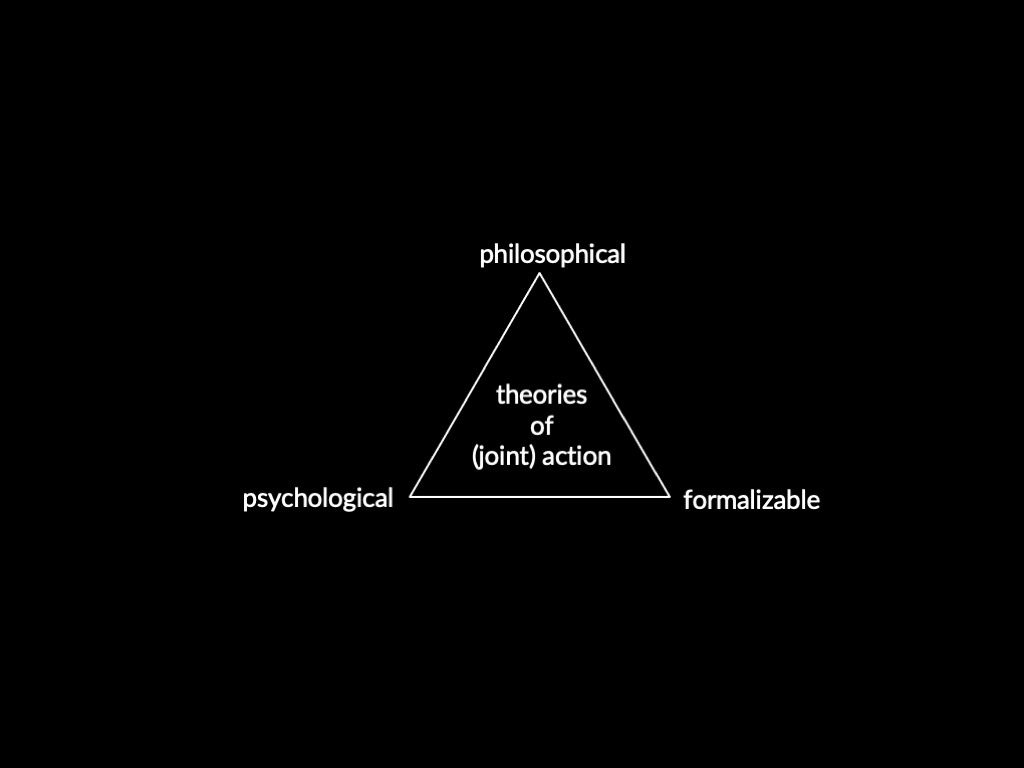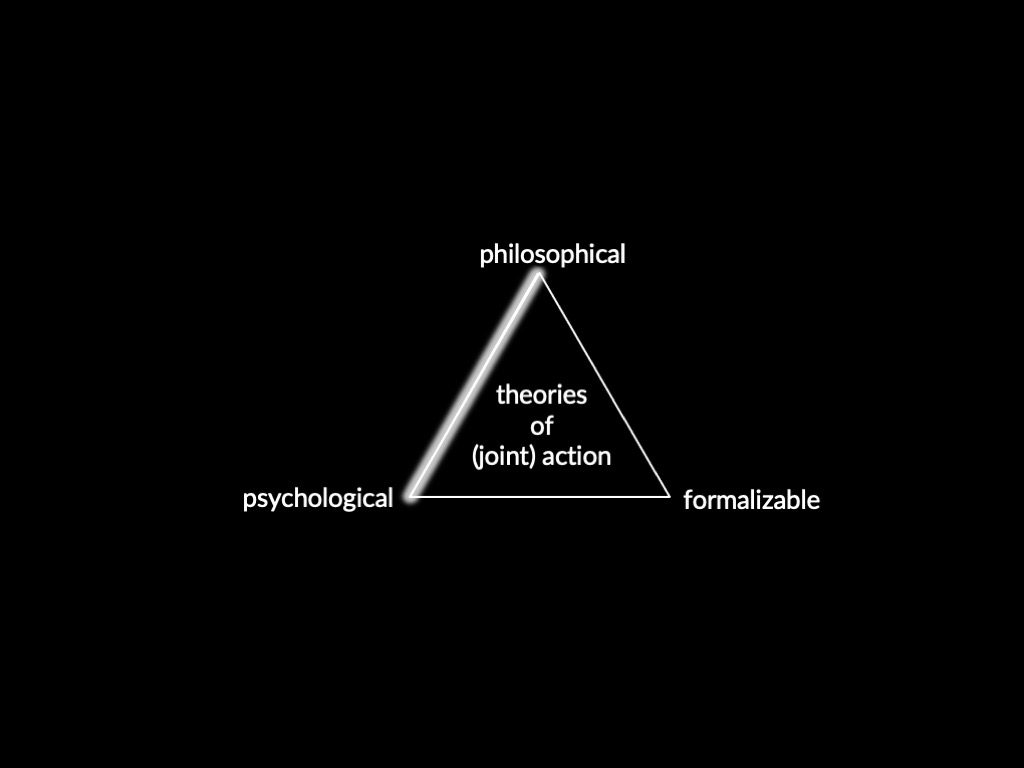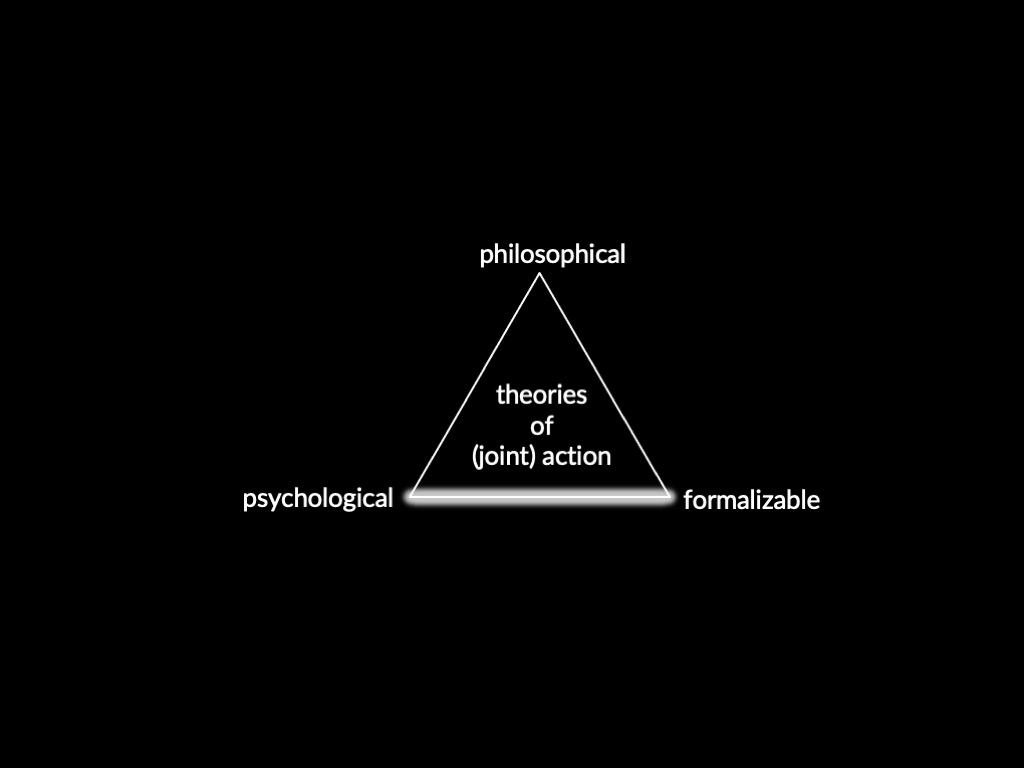Click here and press the right key for the next slide.
(This may not work on mobile or ipad. You can try using chrome or firefox, but even that may fail. Sorry.)
also ...
Press the left key to go backwards (or swipe right)
Press n to toggle whether notes are shown (or add '?notes' to the url before the #)
Press m or double tap to slide thumbnails (menu)
Press ? at any time to show the keyboard shortcuts
Introduction
challenge
Discover why people act,
individually and jointly.

challenge
Discover why people act,
individually and jointly.

challenge
Discover why people act,
individually and jointly.

challenge
Discover why people act,
individually and jointly.
essay question:
Which, if any, applications of decision theory are incompatible with the truth of Dickinson’s dual process theory of action?